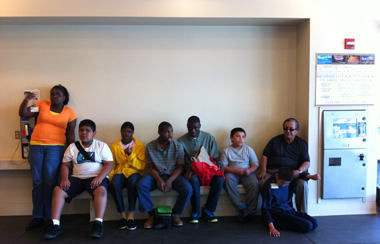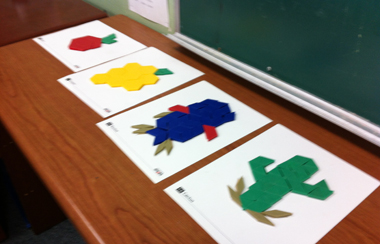Transition Services
Transition describes the process by which a student moves from school to adult life in the community. Transition goals include employment, post-secondary education/training, adult life outcomes, and community participation.
Transition describes the process by which a student moves from school to adult life in the community. Transition goals include employment, post-secondary education/training, adult life outcomes, and community participation.
The student is the focal point of transition planning. With appropriate supports, a student will identify his/her desired post-school outcomes for education/training, employment, adult living, community participation and recreation/leisure.
• Career pathways and contextual learning features school-based and work-based curricula and activities that relate to career exploration and development.
• Student and family involvement highlights practices that involve parents and families in planning and delivering educational and transition services.
• Business and community involvement includes practices that encourage business, labor unions, community service agencies, youth development organizations, government agencies, and other community resources to participate in all aspects of school to work systems.
• Structures and policies represent program practices and characteristics that relate to the effective and efficient delivery of school to work transition services.

